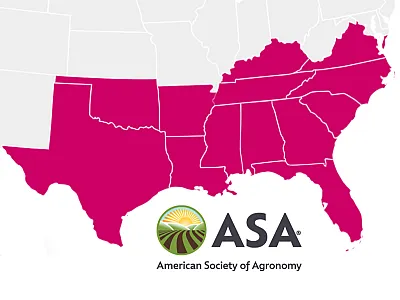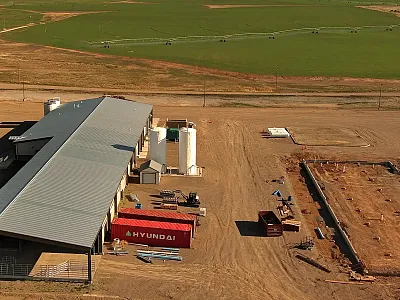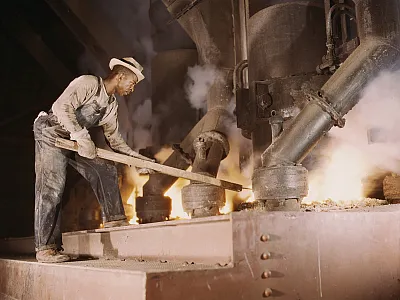Some Concerns with Roundup Ready Spring Canola for Italian Ryegrass Control
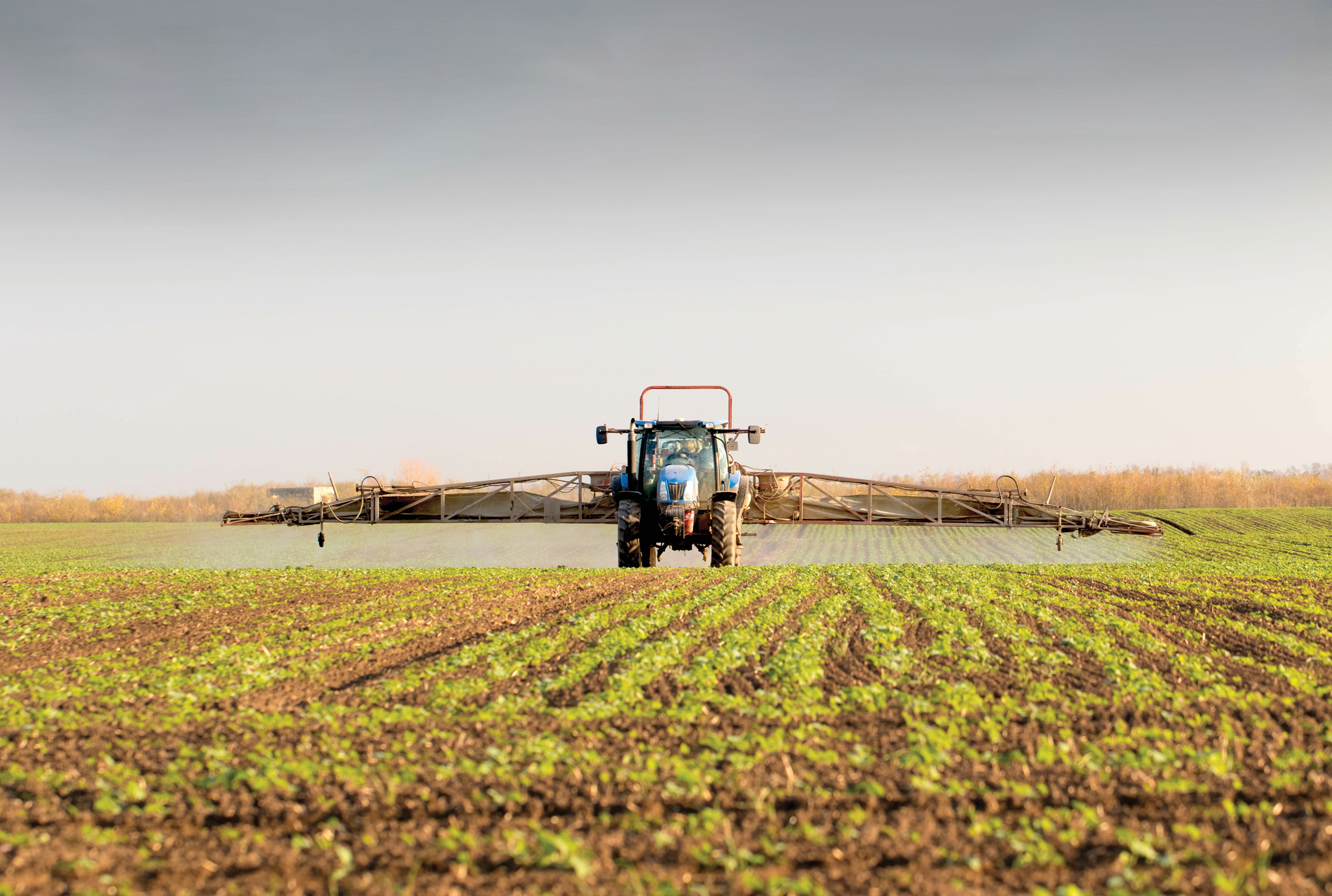
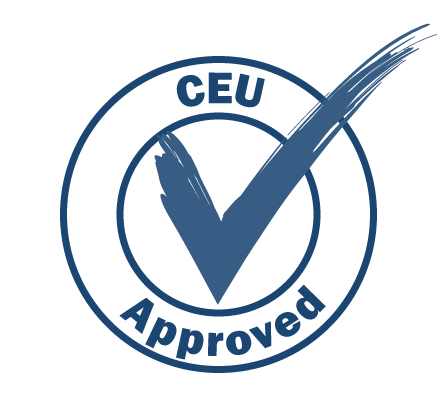
Spring canola acreage in the Inland Pacific Northwest increased from just over 52,00 acre in 2017 to just under 191,000 acres in 2023. A large percentage of the spring canola acreage is planted to glyphosate-resistant (Roundup Ready) varieties. And while glyphosate has provided excellent control of Italian ryegrass in glyphosate-resistant spring canola, herbicide resistance can develop when a single site of action is used repeatedly over time. Thus, over the past two years (2022 and 2023), field studies were conducted to evaluate the benefits of using herbicides with different sites of action, both with and without glyphosate, for the control of Italian ryegrass in glyphosate-resistant spring canola. Earn 0.5 CEUs in Integrated Pest Management by reading this article and taking the quiz at https://web.sciencesocieties.org/Learning-Center/Courses.
Spring canola acreage in the Inland Pacific Northwest increased from just over 52,00 acres in 2017 to just under 191,000 acres in 2023. Much of this increase, particularly since 2021, has been driven by the inability of growers to control Italian ryegrass, which is resistant to multiple herbicides, in other crops, such as wheat and pulse crops. A large percentage of the spring canola acreage is planted to glyphosate-resistant (Roundup Ready) varieties. Glyphosate has provided excellent control of Italian ryegrass in glyphosate-resistant spring canola. How long it will remain an effective herbicide for Italian ryegrass in the Pacific Northwest is an open question.
Herbicide resistance can develop when a single site of action is used repeatedly over time as was the case with Group 1 herbicides like diclofop (Hoelon, no longer available) for grass weed control in pulse crops. Research has shown that applying two herbicides that effectively control the same weed species will reduce the likelihood of herbicide resistance. Specifically, the herbicides must target a different site of action, have a different metabolic breakdown process in the plant, and should be applied in a way that minimizes antagonism. This could include a preemergence herbicide plus a postemergence herbicide if both herbicides will still be active at the same time. Weed seed production will likely be lower when herbicides are combined rather than just rotated.
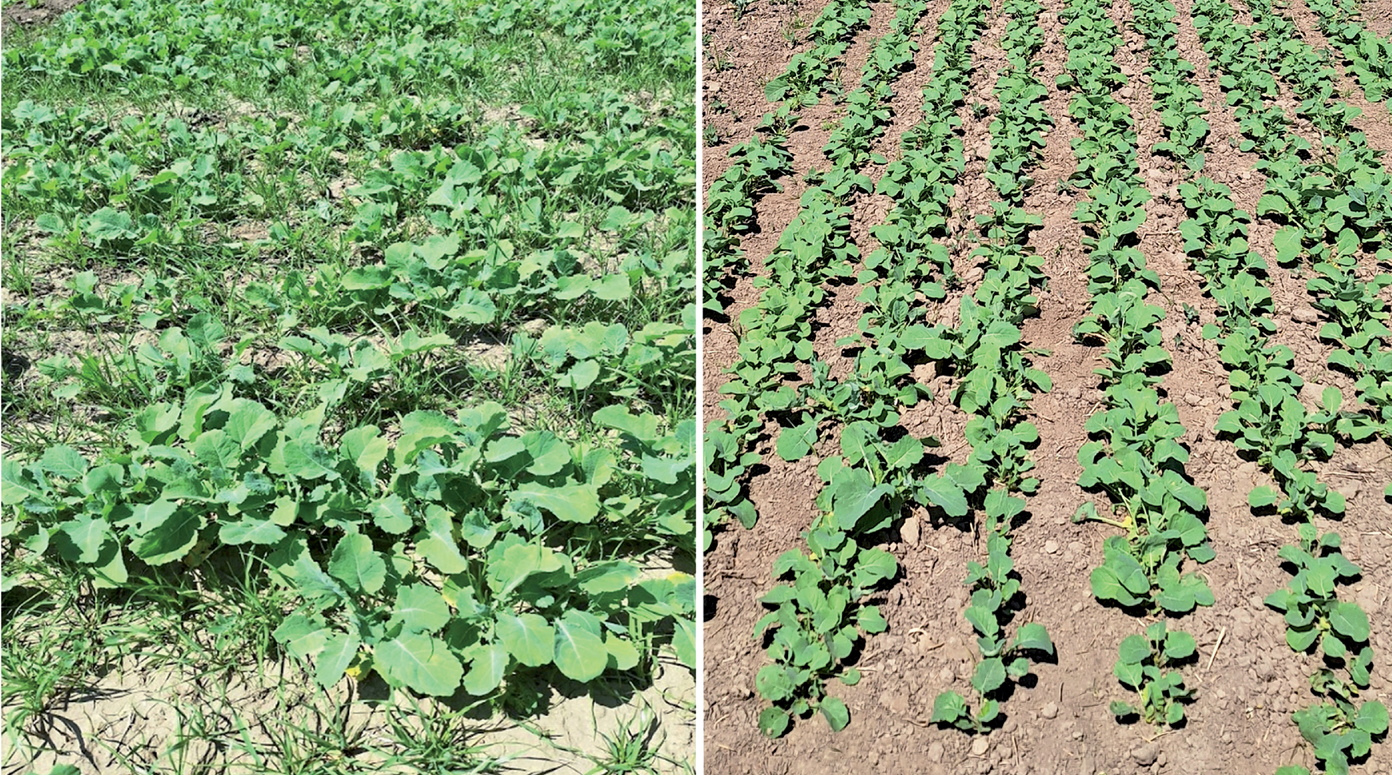
Strategies that incorporate other effective herbicide sites of action for the control Italian ryegrass can reduce dependence on glyphosate in spring canola and potentially delay the development of Italian ryegrass biotypes resistant to glyphosate. Italian ryegrass in the Pacific Northwest has already developed resistance to Group 1 and Group 2 herbicides, but glyphosate (Group 9) resistance, if present, is not yet widespread; therefore, Roundup Ready canola is still an effective tool for Italian ryegrass management. Non-glyphosate options are limited but soil-active Group 3 herbicides, such as trifluralin (Treflan HFP, Treflan 4L) and ethalfluralin (Sonalan HFP), can be effective if adequately incorporated and activated in the soil by tillage and/or rainfall before ryegrass emergence. Also, glufosinate (Liberty 280 SL), a Group 10 herbicide, can be applied in LibertyLink canola but is less effective on grass weeds like Italian ryegrass compared with glyphosate, particularly if the grass weeds are tillered and well developed (Figure 1). Glufosinate is primarily a contact herbicide with only limited translocation in the plant. Finally, clomazone (Group 13; Command 3ME, Clomate 3ME) is labeled for canola and may give some control of Italian ryegrass. However, wheat cannot be planted within 12 months of applying clomazone, which may limit its use in the Inland Pacific Northwest where winter wheat is the primary crop grown under rainfed conditions. No other herbicide options, other than the ones mentioned above, are available for selective control of Italian ryegrass in spring canola.
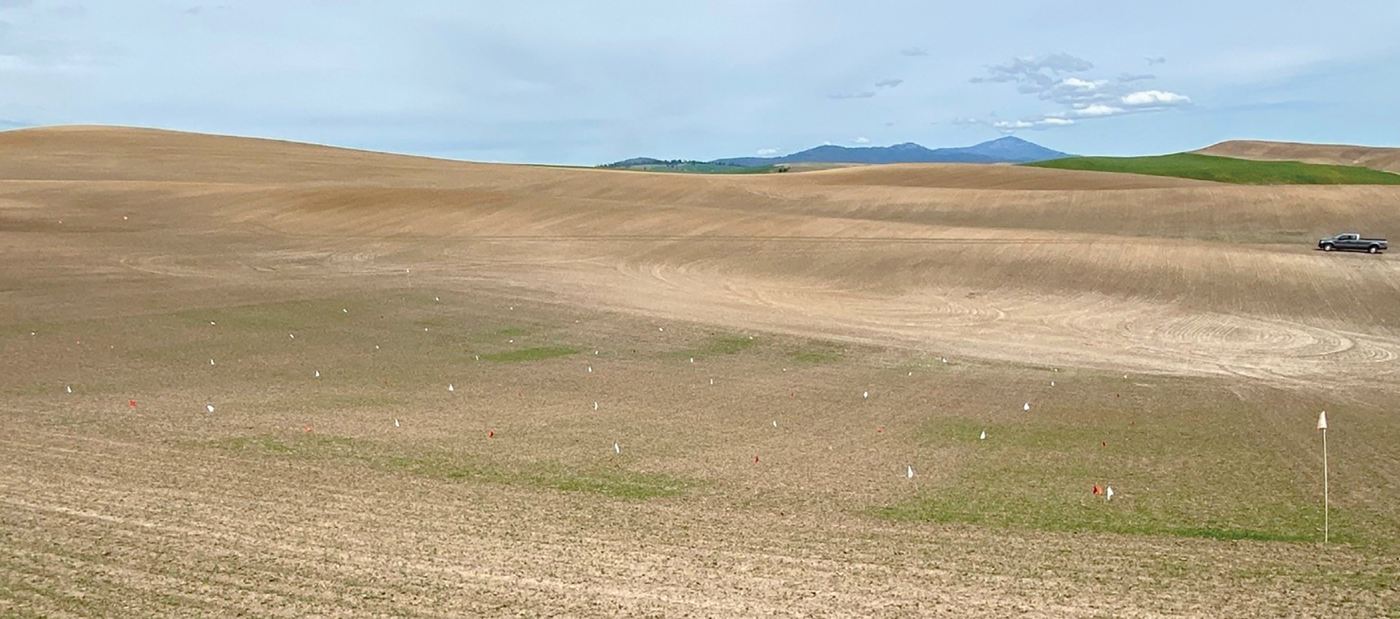
Over the past two years (2022 and 2023), we conducted field studies to evaluate the benefits of using herbicides with different sites of action, both with and without glyphosate, for the control of Italian ryegrass in glyphosate-resistant spring canola. Field studies were conducted on the Washington State University Cook Agronomy Farm near Pullman, WA. Spring canola cultivars Invigor LR344PC and Invigor LR345PC were planted in 2022 and 2023, respectively. Both TruFlex cultivars are resistant to glyphosate and glufosinate. Early postemergence herbicide applications were made when canola plants had three to four leaves. Late postemergence applications were made when canola plants had six leaves and were beginning to bolt. Italian ryegrass control was rated visually as a percent of the nontreated checks. Crop injury from herbicides was visually assessed compared with the nontreated checks approximately two weeks following each postemergence herbicide application. Canola was harvested with a plot combine, and samples were bagged, cleaned, and weighed to calculate plot yield.
We found that glyphosate (Roundup PowerMax) provided excellent control of Italian ryegrass applied alone or in combination with other herbicides. The use of trifluralin applied preplant incorporated or the early postemergence application of glufosinate reduced the number of Italian ryegrass plants that were subsequently treated with glyphosate (Figure 2) although Italian ryegrass control at harvest was not improved compared with glyphosate alone. However, the fewer plants you treat with glyphosate or any other herbicide, the lower the chance for selecting an individual or individuals with resistance to glyphosate. Consequently, the use of trifluralin or glufosinate for weed control in glyphosate-resistant spring canola can potentially extend the useful life of glyphosate-resistant spring canola for Italian ryegrass control.
Despite the good news on weed control, we observed a yield reduction with some of the glyphosate applications in both years. In 2022, the greatest Italian ryegrass control resulted from applications of Roundup PowerMax, which provided nearly 100% control at harvest (Table 1). Applications of Roundup PowerMax were so effective in controlling Italian ryegrass that it was difficult to see added control from Treflan HFP. The early Roundup PowerMax application (three to four leaves) of 44 oz/ac resulted in the highest canola yield of 2590 lb/ac. All late postemergence Roundup PowerMax applications (six-leaf to bolting) delayed flowering and reduced yield.
Table 1. 2022 Italian ryegrass control in spring canola.
Herbicidesa | Canola | Italian ryegras |
|---|---|---|
| lb/ac | % |
PowerMax 44 oz/ac EPOST | 2590 a | 100 a |
Treflan 24 oz/ac PPI + PowerMax 44 oz/ac EPOST | 2160 ab | 97 a |
Treflan 24 oz/ac PPI | 2020 abc | 83 b |
PowerMax 22 oz/ac LPOST | 1540 cd | 100 a |
Treflan 24 oz/ac PPI + PowerMax 22 oz/ac LPOST | 1400 d | 100 a |
PowerMax 22 oz/ac EPOST + LPOST | 1730 bcd | 100 a |
Treflan oz/ac PPI + PowerMax 22 oz/ac EPOST + LPOST | 1910 bcd | 100 a |
Liberty 22 oz/ac EPOST + LPOST | 1930 bcd | 73 bc |
Kerbc 20 oz/ac PRE + Liberty 22 oz/ac EPOST | 1870 bcd | 49 cd |
Treflan 24 oz/ac PPI + Liberty 22 oz/ac EPOST | 1810 bcd | 79 b |
Kerb 22 oz/ac Pre | 1960 bc | 24 d |
Nontreated check | 1500 cd | -- |
a EPOST = early postemergence; LPOST = late post; PPI = preplant incorporated; PRE = preemergence.
b Numbers followed by the same letter are not statistically different from each other with 95% confidence.
c Kerb (pronamide; Group 3) is not labeled for use in canola.
In 2023, a year with a low density of Italian ryegrass (the result of a delayed replanting), all treatments except Liberty applied alone early postemergence provided excellent control of Italian ryegrass (Table 2). Without the competition provided by a high density of Italian ryegrass, we were able to observe a reduction in canola yield with all treatments containing Roundup PowerMax. It did not matter if the Roundup PowerMax was applied early or late postemergence or at a rate of 22 or 44 oz/ac. We are unsure if this is a problem unique to the TruFlex spring canola varieties we used (Invigor LR344PC and Invigor LR345PC) or if it should be a concern for all Roundup Ready spring canola varieties. Further research is needed to better understand the yield drag associated with the use of glyphosate in Roundup Ready spring canola.
Table 2. 2023 Italian ryegrass control in spring canola.
| Canola | Italian ryegrass |
|---|---|---|
Herbicidesa | yieldb | Percent control at |
| lb/ac | % |
PowerMax 44 oz/ac EPOST | 1370 cde | 100 a |
Treflan 24 oz/ac PPI + PowerMax 44 oz/ac EPOST | 1510 bcd | 100 a |
Treflan 24 oz/ac PPI | 1590 abc | 99 a |
PowerMax 22 oz/ac LPOST | 1330 de | 99 a |
Treflan 24 oz/ac PPI + PowerMax 22 oz/ac LPOST | 1370 cde | 100 a |
PowerMax 22 oz/ac EPOST + LPOST | 1290 de | 100 a |
Treflan 24 oz/ac PPI + PowerMax 22 oz/ac EPOST + LPOST | 1210 e | 100 a |
Liberty 29 oz/ac EPOST | 1790 a | 80 b |
Treflan 24 oz/ac PPI + Liberty 29 oz/ac EPOST | 1770 a | 100 a |
PowerMax 22 oz/ac EPOST + Liberty 29 oz/ac LPOST | 1350 de | 100 a |
Treflan 24 oz/ac PPI + Liberty 29 oz/ac EPOST + LPOST | 1730 ab | 100 a |
Nontreated check | 1790 a | -- |
In the meantime, growers should be aware of this potential yield drag in glyphosate-resistant spring canola. The yield drag appears to be partially the result of a delay in plant development and flowering. This delay often results in plants flowering during periods of increased heat and drought stress, which then reduces yield. Growers are encouraged to avoid late planting of glyphosate-resistant canola varieties; however, if late planting is necessary, growers should consider not applying glyphosate and possibly further delaying crop maturity. Late planting may allow control of major Italian ryegrass flushes before planting, thus reducing in-crop infestations. Growers are encouraged to consider the use of a preplant herbicide such as trifluralin or ethalfluralin prior to an early postemergence application of glyphosate to reduce selection pressure for glyphosate-resistant Italian ryegrass biotypes.
Self-Study CEU Quiz
Earn 0.5 CEUs in Integrated Pest Management by taking the quiz for the article at https://web.sciencesocieties.org/Learning-Center/Courses. For your convenience, the quiz is printed below. The CEU can be purchased individually, or you can access as part of your Online Classroom Subscription.
- When herbicides are ___, weed seed production will likely be ___.
- Used alone, lower.
- Combined, lower.
- Just rotated and not combined, lower.
- Combined, higher.
- Which of the following is a Group 3 herbicide?
- Glufosinate.
- Clomazone.
- Trifluralin.
- Glyphosate.
- Glyphosate (Roundup PowerMax) is controlled Italian ryegrass alone but not in combination with other herbicides.
- True.
- False.
- In 2022, which herbicide application resulted in the highest canola yield?
- Kerb 22 oz/ac Pre.
- PowerMax 22 oz/ac LPOST.
- PowerMax 44 oz/ac EPOST.
- Treflan 24 oz/ac PPI + PowerMax 22 oz/A LPOST.
- As a result of a delayed replanting, 2023 had low density of Italian ryegrass.
- True.
- False.
Text © . The authors. CC BY-NC-ND 4.0. Except where otherwise noted, images are subject to copyright. Any reuse without express permission from the copyright owner is prohibited.




